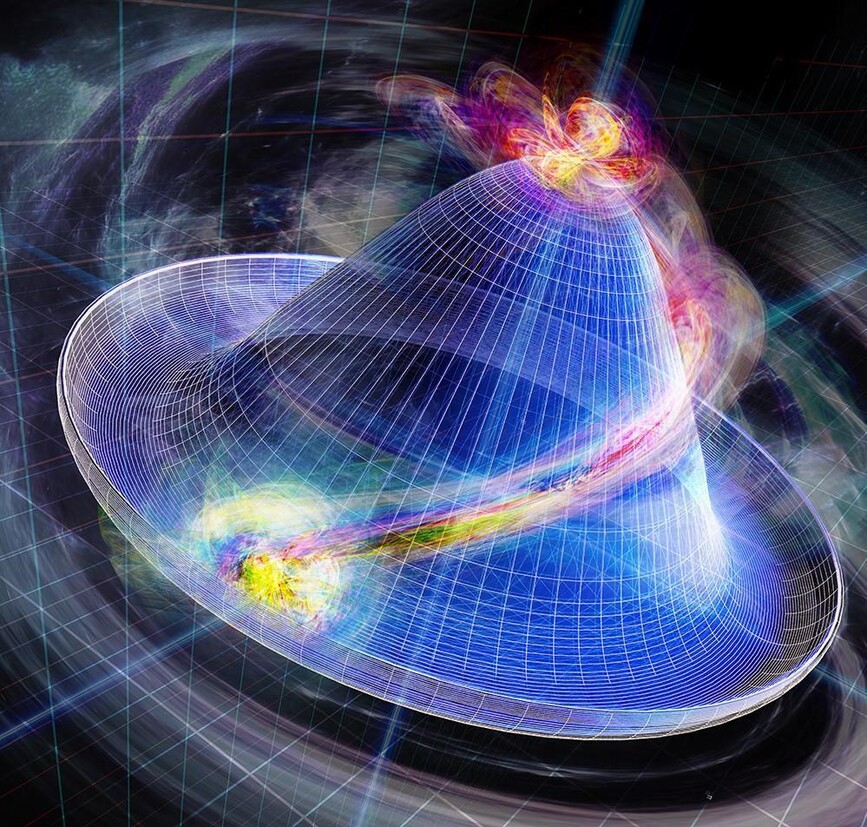Picture: Copyright ÖAW/Harald Ritsch
The discovery of the Higgs boson, which was honored with the Nobel Prize, was just the beginning: the long-sought-after elementary particle, which was first identified at the European Organization for Nuclear Research (CERN) in 2012, has opened the door to completely new research and knowledge. In the future, a "Higgs factory" may unlock the great potential of this research field and fathom the still largely mysterious particle. This is one of the recommendations of the European Strategy Group set up by CERN. The group brings together particle physicists from the European member countries, including Austria, to advise on the future direction of European particle physics and thus also the scientific institution based in Geneva, Switzerland.
Higgs boson factory
In their research strategy presented on June 19, 2020, the group of particle physicists, including Jochen Schieck, director of the Institute of High Energy Physics of the Austrian Academy of Sciences (OeAW), propose the construction of a new electron-positron accelerator. With this "Higgs factory", Higgs bosons will be produced and examined more closely than before. The researchers hope that this will provide new clues towards a particle physics model beyond the valid but incomplete Standard Model.
"For a better understanding of the Higgs boson, we have to be able to measure its interaction with other elementary particles extremely precisely," explains Jochen Schieck. The OeAW particle physicist is confident that "we could actually discover new physics here". In addition to the Higgs factory, an upgrade of the existing Large Hadron Collider (LHC) particle accelerator, which was initiated in 2013, should also contribute to this.
Successor to the LHC
"Europe has a decades-long leadership role in the development of high-field accelerator magnets, such as those used at the LHC," says Schieck. "We want to further expand this role." This would also benefit the development of a new proton-proton accelerator that could replace the LHC, which will run at least until 2038.
To test the technical and financial feasibility of such a future proton-proton accelerator, which should reach energies of at least 100 TeV – seven times that of the LHC – the physicists recommend a feasibility study that is to be completed this decade.
At the same time, alternative concepts for accelerators are to be evaluated. These include plasma wakefield accelerators, in which electrons are accelerated with plasma waves, or a muon collider. Muons are close relatives of the electron, but have a mass 200 times larger. This would make higher-energy collisions possible. However, muons decay faster and would not be as easy to prepare for acceleration. "It is currently unclear whether this is possible," says Schieck. Therefore, the feasibility of these concepts should be put to the test.
More open access, more industrial partnerships
In addition to feasibility studies for new accelerators, the strategy group advises the development of a technology roadmap in the field of accelerator development, in which, for example, synergies with other areas of knowledge, such as photon and neutron science or fusion energy, are to be explored. In addition, efforts should be made to strengthen connections to areas such as astrophysics and nuclear physics.
Cooperation and exchange of knowledge with industry is also to be intensified. This includes research on high-temperature superconductors, which promise enormous application potential, for example for the loss-free conduction of electricity with little effort. In future, the know-how gained at CERN will be shared more widely, in the form of open access and open science. But also in existing collaborations, such as the medical particle accelerator MedAustron, which is the subject of research by OeAW particle physicists, the innovation should be further stimulated by increased exchange of basic and applied research, so that new findings and applications benefit as many people as possible.
Background
Austria has been a member of CERN since 1959. The Institute of High Energy Physics was founded by the OeAW in 1966 to carry out research work at CERN. Since then, the OeAW Institute has been involved in several experiments that have led to a total of three Nobel Prizes, including for the discovery of the famous Higgs boson. In addition to the Institute of High Energy Physics, the Stefan Meyer Institute for Subatomic Physics of the OeAW also conducts research at CERN.
More information:
